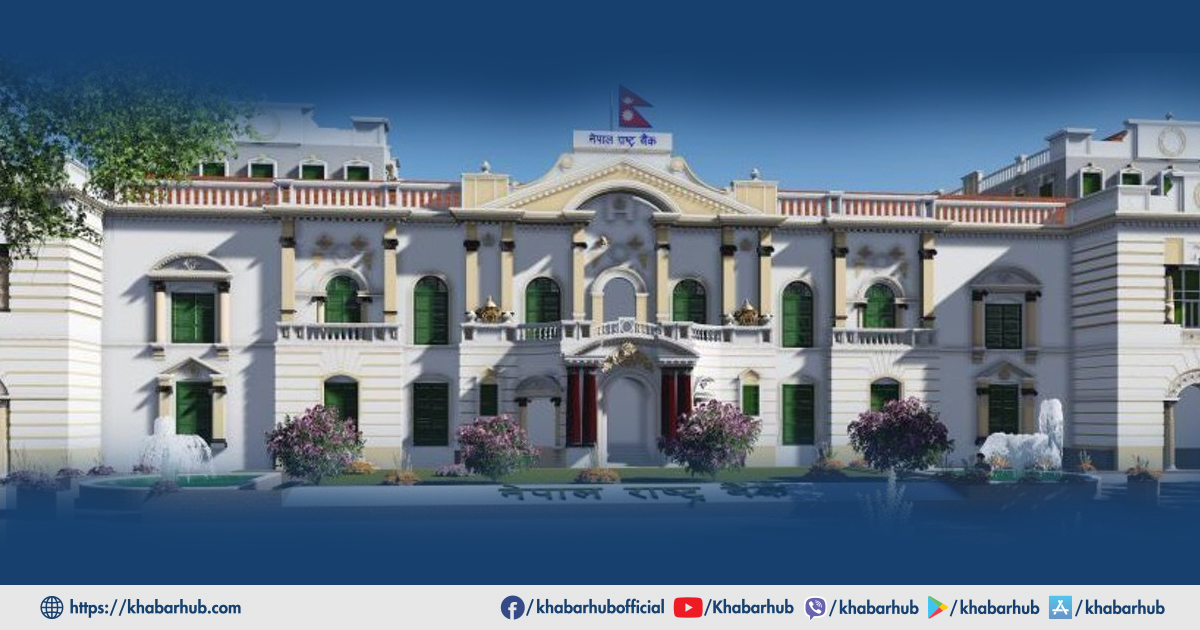KATHMANDU: The Nepal Rastra Bank (NRB) unveiled the “Current Macroeconomic and Financial Situation of Nepal,” on Sunday.
Nepal’s economy experienced mixed trends in the fiscal year 2023/24, according to data released by the Nepal Rastra Bank’s Economic Research Department.
The report highlights key macroeconomic and financial developments, shedding light on the country’s economic health.
The annual average inflation rate stood at 5.44 percent, indicating a moderate rise in the cost of goods and services.
In the external sector, both imports and exports saw a decline of 1.2 percent and 3.0 percent, respectively.
This follows a more significant drop in the previous fiscal year, where imports decreased by 16.1 percent and exports by 21.4 percent.
On a positive note, remittances, a vital source of income for many Nepalese households, increased by 16.5 percent in Nepalese rupees and 14.5 percent in USD.
This surge in remittances has contributed to a stronger Balance of Payments (BoP), which recorded a surplus of Rs. 502.49 billion, up from Rs. 285.82 billion in the previous year.
Nepal’s gross foreign exchange reserves reached USD 15.27 billion, sufficient to cover 13 months of merchandise and services imports, ensuring the country’s external stability.
The financial sector also saw positive growth, with broad money (M2) expanding by 13.0 percent.
Deposits at Banks and Financial Institutions (BFIs) grew by 13.0 percent, bringing total deposits to Rs. 6452 billion.
Meanwhile, private sector credit increased by 5.8 percent, amounting to Rs. 5074 billion.
These figures reflect a resilient yet cautious economic environment in Nepal as the country navigates through global and domestic challenges.
Read the full report here:









Comment